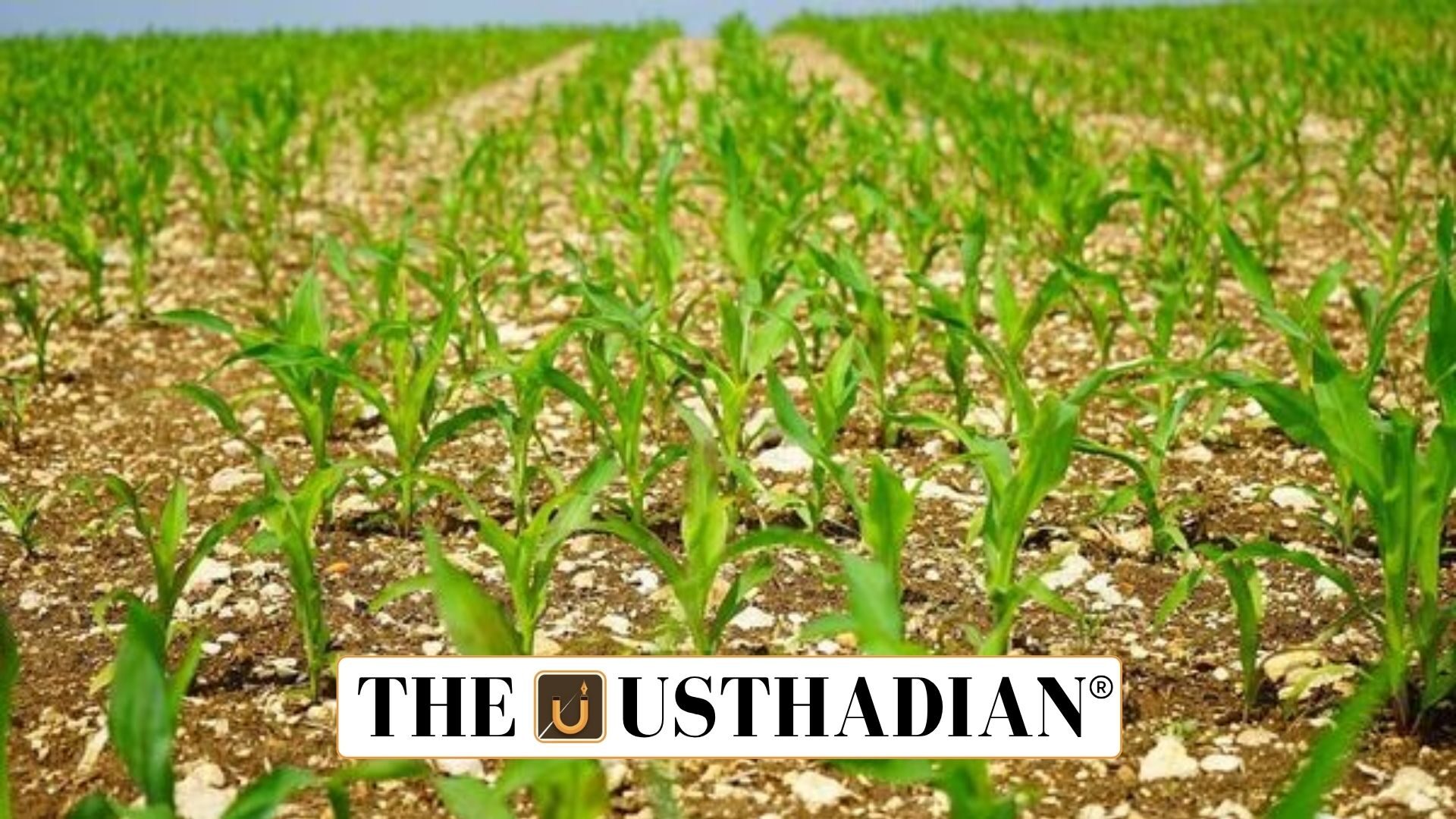Inflation trends show major decline
Inflation Drops in India as Monsoon Spurs Agricultural Surge: India’s CPI inflation eased to 2.1% in June 2025, marking the lowest rate since January 2019. This is lower than the United States (2.7%) and United Kingdom (3.6%). The decline is primarily driven by negative food inflation of -1.1%, reflecting strong supply-side conditions.
This drop has relieved pressure on the Reserve Bank of India (RBI), which had battled persistent inflation in previous quarters.
Strong monsoon and bumper harvest
The 2024 monsoon season delivered 7.6% above-average rainfall, revitalizing soil moisture, water tables, and irrigation reservoirs.
Static GK fact: India receives over 70% of its annual rainfall during the southwest monsoon (June–September).
Wheat production surged, pushing government wheat stocks to 358.78 lakh tonnes, the highest in four years. Combined with record rice reserves, this abundance supports both the public distribution system (PDS) and helps control open market prices.
Kharif crop sowing improves
The monsoon’s early onset on 24 May 2025 and consistent rainfall until July enabled robust kharif sowing. Most states surpassed sowing benchmarks set in 2024.
However, arhar, soyabean, and cotton acreage declined due to pest attacks and poor market prices. Farmers responded by shifting to maize, favored for its use in ethanol and livestock feed.
Static GK tip: India is among the top 5 producers of maize globally.
Import policy stabilises food prices
The government has used strategic imports to buffer inflation. In 2024–25, record imports of pulses and edible oils were made. Duties on key pulses remain at zero or low until March 2026. Additionally, edible oil import duties were slashed in May 2025.
These measures cushion the impact of lower domestic sowing in some crops.
Fertiliser shortage poses risk
On 1 July 2025, urea and DAP stocks were reported below 2024 levels. A dip in fertiliser imports, especially from China, where exports were restricted, has raised domestic prices.
The shortage could affect crop yields, especially if it coincides with critical growth stages.
Static GK fact: India is the second-largest consumer of fertilisers after China.
Future outlook depends on rainfall and inputs
Although the season began positively, any extended dry spells may strain crop development. Vegetative growth stages are highly water-sensitive. Continued availability of fertilisers and timely rainfall will be key to sustaining output and keeping inflation contained.
Static Usthadian Current Affairs Table
Inflation Drops in India as Monsoon Spurs Agricultural Surge:
| Topic | Detail |
| CPI Inflation (June 2025) | 2.1% |
| Food Inflation | -1.1% |
| Above-Average Rainfall | 7.6% higher than normal |
| Wheat Stocks | 358.78 lakh tonnes |
| Early Monsoon Arrival | 24 May 2025 |
| Key Crop Decline | Arhar, Soyabean, Cotton |
| Government Action | Duty cuts on pulses and oils |
| Fertiliser Issue | Import drop from China |
| Fertiliser Stocks | Below July 2024 levels |
| Critical Uncertainty | Monsoon consistency and input supply |








